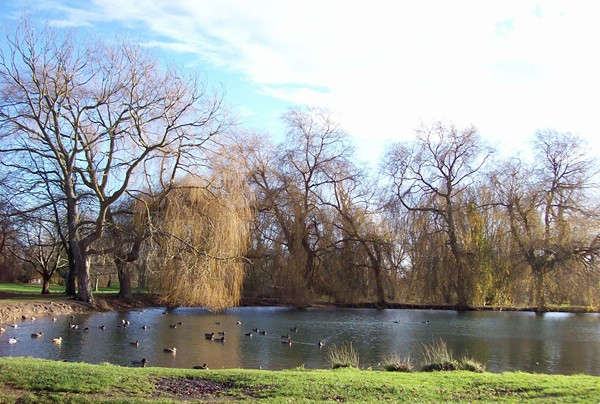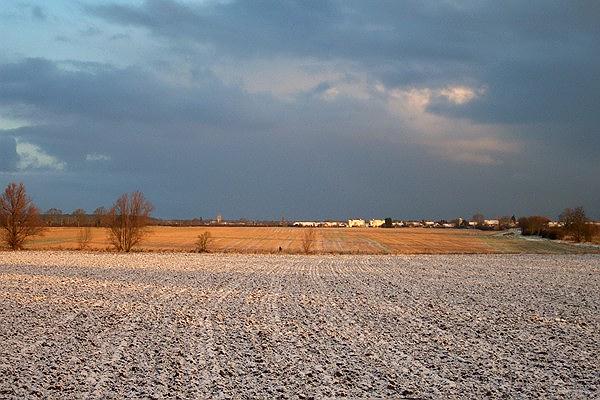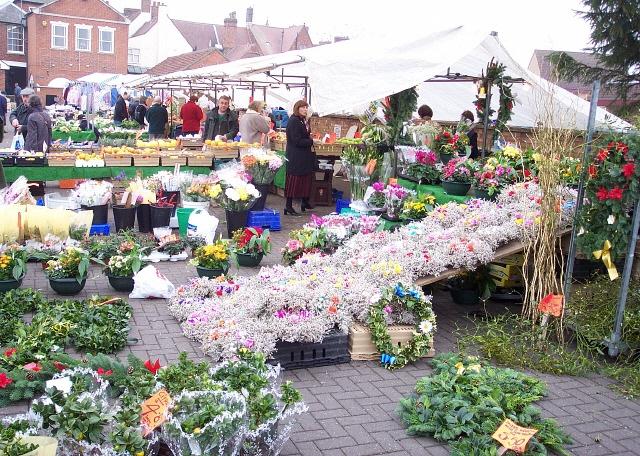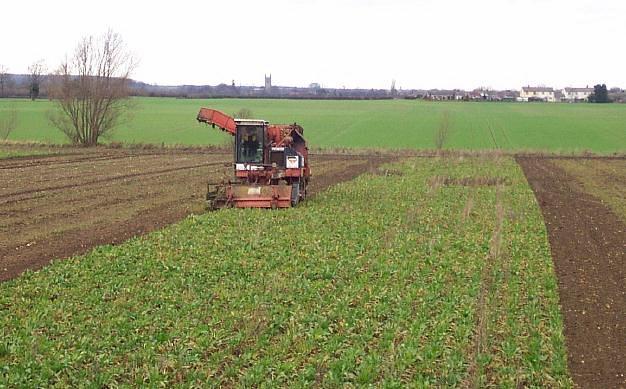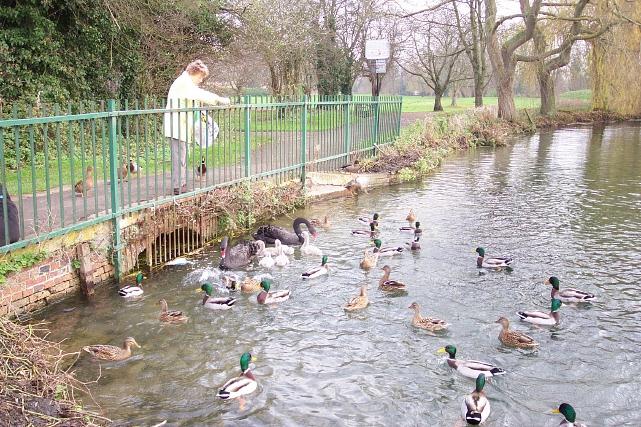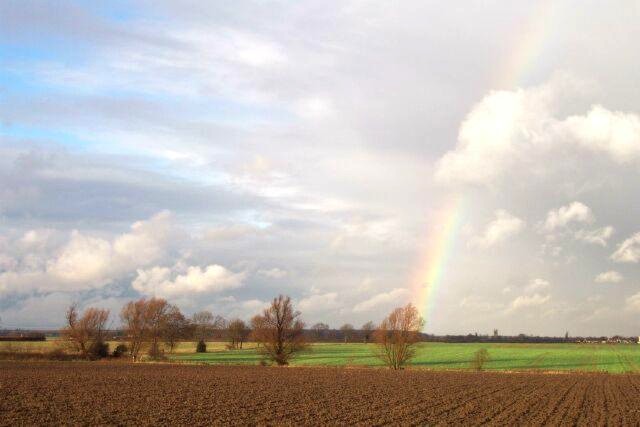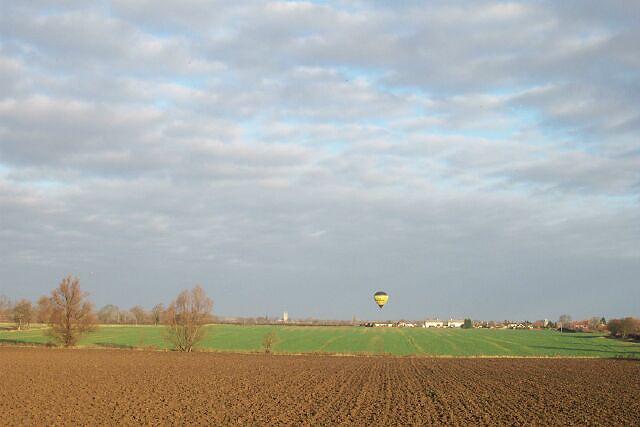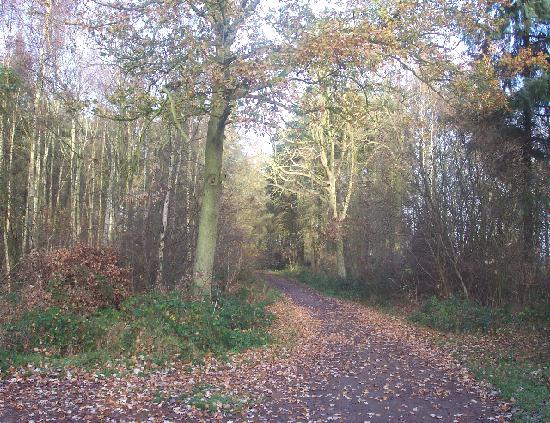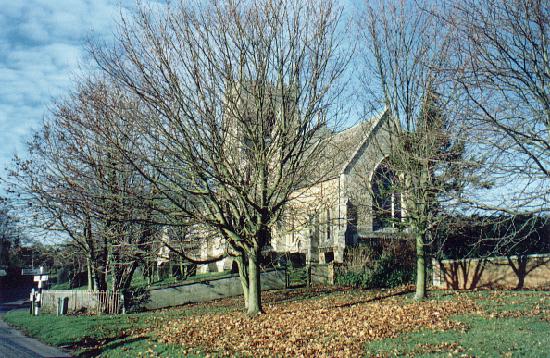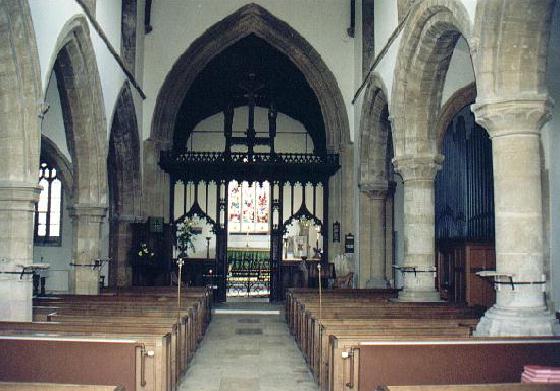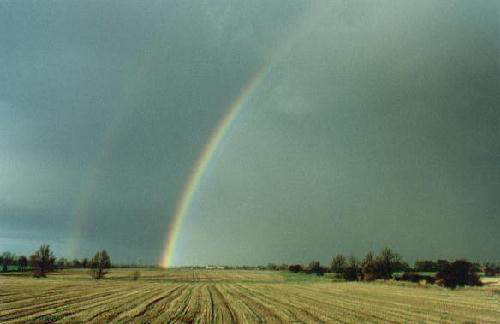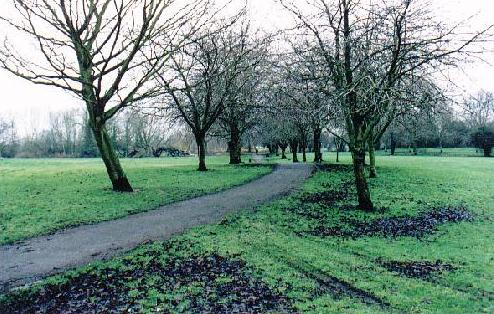|
December
Sunday 17th December 2006: Long periods of heavy rain have raised the water level at St Peter's Pool but the opportunity to carry out maintenance work while it had dried up during the summer months has again been lost. It now seems evident that Bourne United Charities, the organisation responsible for this ancient site, has no intention of restoring the pool and surrounds to its former glory and so it continues to deteriorate as the years progress. The banks are in urgent need of reinforcement while weeds spread annually and one of the weeping willows on the east side has long since died and is in need of removal and replacement. The pool is one of England's oldest recorded artesian wells yet is being neglected, despite continual criticism from townspeople and visitors alike that it should be preserved in a manner befitting its place in our history.
Tuesday 27th December 2005: The weathermen predicted heavy snow overnight but the severity of the fall did not materialise and we awoke to a slight dusting across the countryside, sufficient to change the appearance of the landscape but not enough to cause inconvenience. By 9 a m, bright sunshine bathed the fields out there in the fen towards Dyke village and the snow started to disappear although the forecast is that we are in for more of the same with a very cold winter, the worst in fact for thirty years.
Thursday 9th December 2004: The weeks before Christmas are a busy time for both shoppers and traders and nowhere is this more apparent than at the weekly Thursday market in Bourne. Stalls take on a festive air with seasonal goods for sale and market regulars Bill and Jane Pauley have holly and mistletoe for sale on their fruit and vegetable stall as well as a large and colourful variety of flowers and pot plants to decorate the home over the holiday, plus a goodly supply of Christmas trees of assorted shapes and sizes. There is also an air of anticipation around as people go about their business and the buzz of conversation is less about illness and ailments and more about buying presents, turkeys, visits from relatives and dropping round for drinks, a sure sign that the season of goodwill is almost upon us.
Monday 6th December 2004: The last of this year's crops are being gathered in and on this grey day in late autumn, I can see from my study window the sugar beet being harvested in one of the fields to the north of Bourne, with cottages in Dyke village and the 15th century tower of Morton church on the skyline. This began several weeks ago but the work was abandoned because continual rain had made the land impossible to work with heavy vehicles, a situation that has dogged farmers throughout the year and caused long delays in gathering in the corn in August and September. The yield of sugar beet however appears to be extremely good as I watch trailer after trailer leaving the field loaded high with roots grown large by the additional time in the ground while birds have been flocking here to sample the grubs and worms thrown up in the newly turned soil and from the green waste jettisoned by the harvester.
Thursday 2nd December 2004: The waterfowl that inhabit St Peter's Pool must be among the best fed in Britain because someone always seems to be throwing them tasty morsels whenever I drop by. This morning, I found Mrs Jean Elsom at the rails busy giving them a midday snack and her grateful recipients included mallard and one of the black swans with its latest brood of five cygnets, born only five weeks before. Mrs Elsom, a widow, aged 71, lives nearby in Churchill Avenue, and comes here every morning with a bagful of food, usually half a dozen loaves of brown bread which she gets from Morrisons supermarket in Stamford, sometimes supplemented with swan pellets bought specially from a pet shop. "My day would not be complete unless I came here and fed the ducks and swans", she told me. "They always look so hungry and are always grateful."
Saturday 20th December 2003: After a morning of continual rain, the dark clouds moved away with a surprising suddenness and the sun broke through out there over the fen towards Dyke village and a rainbow appeared. Meteorological occurrences such as this startled our ancestors because they did not understand them and so they became associated with omens of good or bad fortune although this bow-shaped display in the sky is now known to be the colours of the spectrum, caused by the refraction and reflection of the sunís rays through the rain. It lasted only a minute or two but long enough for me to grab a camera and snatch this shot from my study window and I was not surprised when it disappeared as quickly as it had formed because I have long since learned that, as with all of the good things in life, the rainbow comes and goes.
Sunday 7th December 2003: The unexpected is always interesting, especially when it suddenly appears in the sky. Such sightings have fascinated man since the dawn of time when he was awed and sometimes frightened by storm clouds, lightning and even dawn and sunset when the picture changed dramatically both morning and evening. Unless these things are understood, they become the subject of myth and legend. Unidentified flying objects are a recent phenomenon and I have received an email from someone claiming to have seen one here at night over the fen, in that area outside my study window, between Bourne and Dyke village, although as a constant observer of this scene for the past 20 years, I am sure that the lights he saw were those of an aircraft using the bombing ranges along the South Lincolnshire coast. This picture would have astounded the populace a hundred years ago yet it is nothing more than a hot air balloon enthusiast taking to the sky for a trip which I pictured at around 10 o'clock this morning. His take off faltered and I thought he might come down in the far field but after a few moments, the balloon gained height and disappeared on a light north-westerly breeze in the direction of Bourne Wood.
Thursday 20th December 2001: We headed for the woods for an hour this morning to escape the hassle of the oncoming Christmas festivities for this is our favourite place and I took this shot during our walk on a bright and frosty morning. When we moved to this town 20 years ago and discovered Bourne Wood, we knew that our choice of retirement home had been the right one for we have spent many happy hours here. This year, the vandals have again been wreaking havoc, destroying one of the woodland sculptures and ripping the brass plate from a rustic seat erected to the memory of a man and his dog who loved this place. There have been other acts of wanton damage and evidence that uncaring people pass this way but they serve to remind us that for every one who treats this place so badly, there are hundreds of others who do not and so we will take these problems in our stride for this is an ancient forest that will survive them and their anti-social behaviour.
Saturday 15th December 2001: High winds in recent days have stripped the last of the autumn leaves from our trees but they still linger along the grassy roadside verges in country places awaiting the arrival of the road sweepers to dispose of them. Here in the middle of Aslackby, a picturesque village seven miles north of Bourne, the trees that once bore them stand stark and bare, silhouetted against a bright blue early winter sky dappled with altocumulus clouds, while the morning sunshine lights up the ancient stone walls of St James' Church with its handsome panelled parapets and 15th century tower. Almost one thousand years ago, this place was home to the Knights Templar and today it is one of England's oddities because only strangers call it Aslackby while everyone who knows it uses the more familiar pronunciation of Azelby.
Saturday 8th December 2001: The interiors of our village churches have a peaceful and stately grace but will soon be echoing to the sound of Christmas carols as congregations throughout the land celebrate the nativity. This is an evocative time, even for those who do not believe, for although our country is becoming increasingly secular, we still identify with the Christian faith and the tenets of love and friendship that we were taught at school. This is the nave of St Andrew's, the large and impressive parish church at Witham-on-the-Hill, four miles south west of Bourne. The building dates from Norman times and is the centre of worship in an attractive stone village where the festive season will be celebrated as it has been for centuries past with thoughts for today and prayers for the future in a world still troubled by war and famine as it has been at every Christmas past. Nothing ever seems to change but those joyful carols do bring with them a hope of better things to come.
Tuesday 5th December 2000: Heavy rain this autumn has prevented many farmers from ploughing their land in readiness for next year's crop and here in the Bourne area, stubble fields can still be seen untouched since the corn harvest was gathered in last September. The bad weather continues but with some sunny spells and occasionally we see a rainbow lighting up the sky, one of the wonders of swiftly changing meteorological conditions. I captured this shot out over the fen towards Dyke village from my study window this week, a wonderful display showing the seven colours of the spectrum as the sun's rays are reflected through the rain, a reminder that despite the most inclement weather, there is invariably peace and calm ahead.
Monday 18th December 2000: This is winter in the Wellhead Gardens at Bourne, that time of year when the days are at their shortest and coldest, when there is little colour in the countryside and few signs of life from the animals that inhabit this place unless we have a layer of snow to reveal their tracks. Our trees, however, are conspicuous in winter, often more so than in summer, because visibility is less obscured by leaves and so their identification from silhouettes, bark or twigs can be a fascinating pastime. These flowering cherries stand stark against the grey January sky but we must remember the glorious colour their white and pink blossom will produce come April.
Go to: Main Index Villages Index |
